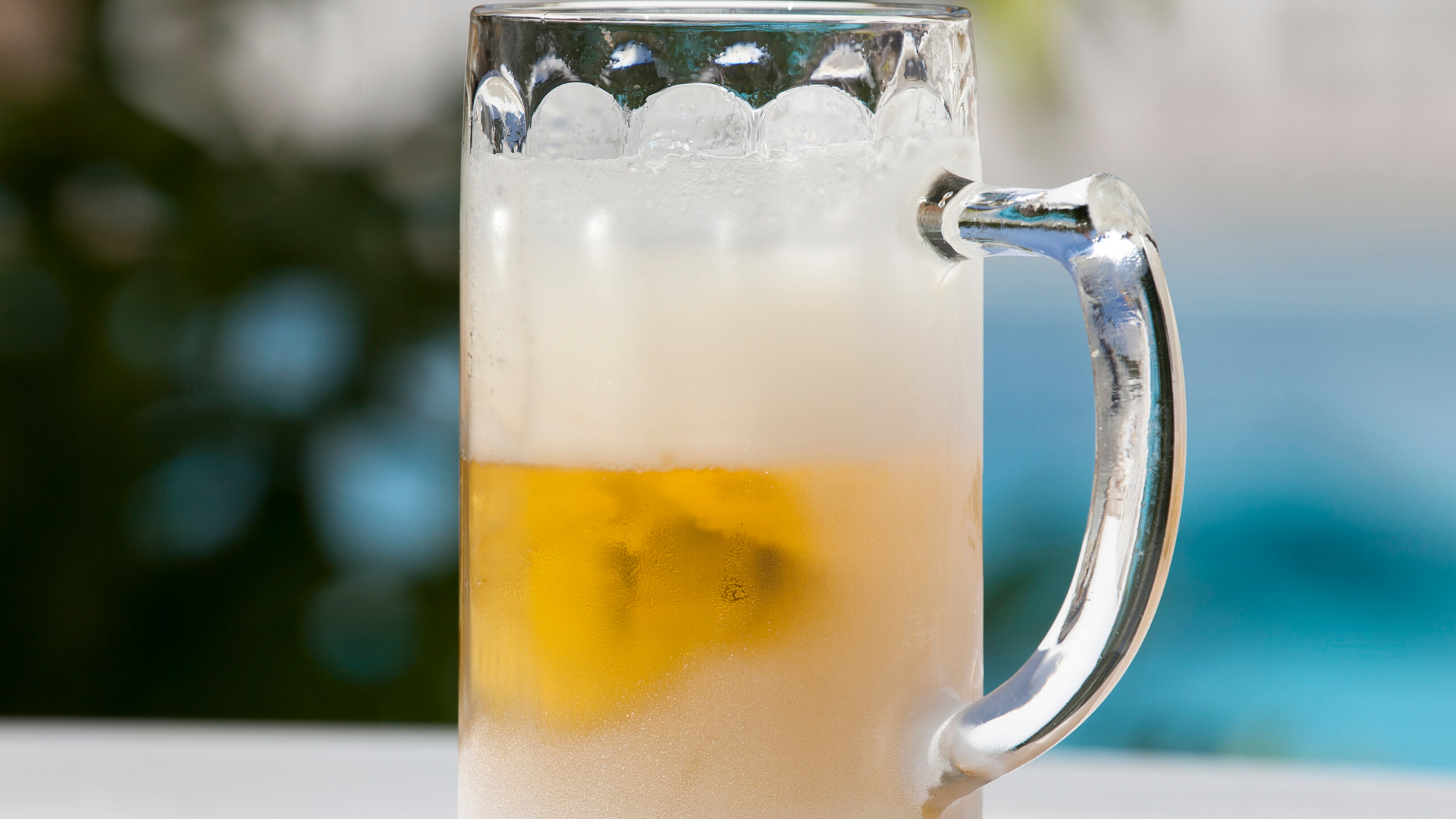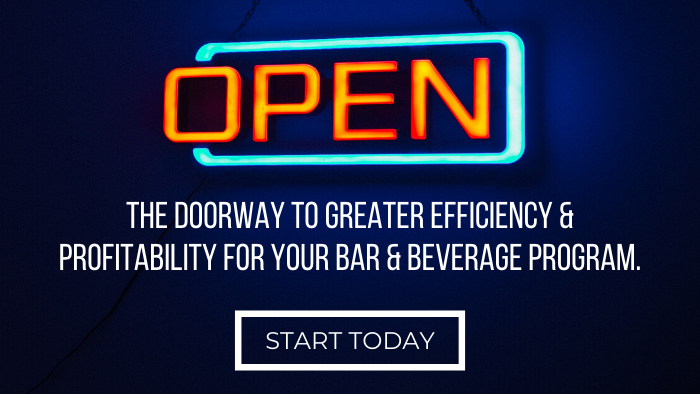Four Reasons to Stop Freezing Your Beer Glasses
Nothing sounds more refreshing on a hot Florida day than an “ice cold beer.” But in reality, the perfect beer temperature is not ice cold at all. And neither is the beer glass you’re serving it in. Sure, your customers may love the idea of a frosty glass with their favorite draft beer, but a frozen beer glass is doing more harm than good, for both customers and operators.
Beer temperatures should vary not only by style, but by preference as well. Some prefer a warm pint of Guinness over a colder one, and who's to tell people how to drink their beer? There are, however serving suggestions for the various types of beer. For instance, American lagers and pilsners should be served colder than stouts, IPAs, and sours.
Now that we know that beer temperature is important, why should Florida beverage programs stop serving beer in frozen glasses? Let’s take a closer look at the cold hard facts about beer and beer glass temperatures.
FLAVOR
Colder is not always better when it comes to beer. Beer that’s too cold can mask its flavor profiles rather than enhancing them. Beer served at near-frozen temperatures will numb the taste buds. That’s why warmer beers often seem more flavorful and rich than ice cold beer.
In fact, the ideal serving temperature for beer is between 40-55oF. A frosty beer glass can produce a much blander tasting beer, hiding the flavors that the brewers intended.
TASTE
It may seem hard to believe, but beer in a frozen glass just tastes worse. One reason for that is frost. If there are other foods in the same freezer as your beer glasses, the flavors can end up in the frost attached to the glass. When the frost melts, the flavors mix in with the beer, affecting the taste.
When beer glasses are cleaned and placed into a freezer before air drying, the sanitizer used to clean them will freeze to the inside of the glass. When beer is poured into the frozen glass, it will melt the sanitizer and create a worse tasting beer.
FOAM
When beer served at near-freezing temperatures, it retains more carbon dioxide. The CO2 is not only filling for your guests, but it will also cause foaming issues during the pour. Ice crystals on the glass expand the CO2, resulting in a more foamy beer.
See how much your Florida beverage program is losing from foamy beer.
Frozen beer glasses are often not rinsed with a glass rinser before use because it will eliminate the frost. But in utilizing a glass rinser, it thaws and lubricates the inside of the glass, reducing foam when pouring.
PROFIT
What’s the biggest reason bar operators hate foam? Because beer foam is wasted profit. Thousands of dollars of wasted profit in fact. So is beer that is returned because it tastes bad to their guests. As tap lines grow in bars and restaurants all over Florida, be sure you're serving it at the ideal (and most profitable) temperature.




